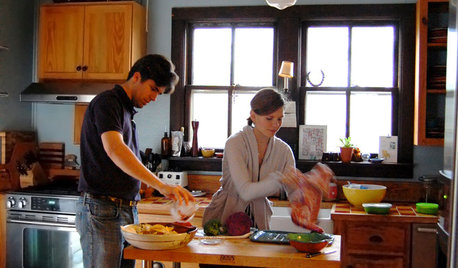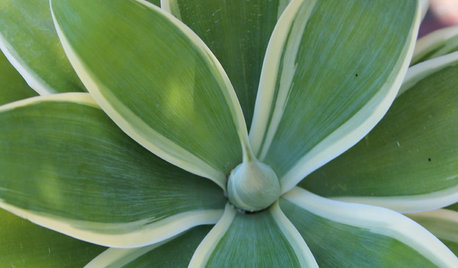Anyone have a blight busting planting method?
buttercupia
13 years ago
Related Stories

ENTERTAINING8 Stress-Busting Tips for Hosting Small Gatherings
Make entertaining easy with these ideas for casual get-togethers
Full Story
HOUSEKEEPINGHow to Clean Grout — Stains and All
If your grout is grossing you out, this deep-cleaning method will help it look new again
Full Story
EDIBLE GARDENSSummer Crops: How to Grow Tomatoes
Plant tomato seedlings in spring for one of the best tastes of summer, fresh from your backyard
Full Story
LAWN ALTERNATIVESStop Fighting the Patchy Lawn!
Here are 3 situations where a garden may be a better idea than more turfgrass
Full Story
CALIFORNIA GARDENINGCalifornia Gardener's April Checklist
Outsmart droughts with water-savvy plants and sustainable approaches that suit the landscape
Full Story
FRONT YARD IDEASBefore and After: Front Lawn to Prairie Garden
How they did it: Homeowners create a plan, stick to it and keep the neighbors (and wildlife) in mind
Full Story
GARDENING GUIDESGarden Myths to Debunk as You Dig This Fall and Rest Over Winter
Termites hate wood mulch, don’t amend soil for trees, avoid gravel in planters — and more nuggets of garden wisdom
Full Story
DECORATING GUIDES23 Ways to Put Your Home in Hipster City
Be one of the cool kids no matter what your age, with these tips for giving your home a creative, colorful or edgy vibe
Full Story
TREE HOUSESHouzz Call: Show Us Your Well-Designed Treehouse or Tree Fort!
Got a great treehouse or tree fort? We want to see it! Post yours in the Comments and we’ll feature the best in a future article
Full Story
FARM YOUR YARD6 Things to Know Before You Start Growing Your Own Food
It takes time and practice, but growing edibles in the suburbs or city is possible with smart prep and patience
Full StorySponsored
More Discussions






anney
digdirt2
Related Professionals
Otsego Landscape Architects & Landscape Designers · Bethlehem Landscape Contractors · McKinney Landscape Contractors · Aberdeen Landscape Contractors · Caldwell Landscape Contractors · Fuquay-Varina Landscape Contractors · Palatine Landscape Contractors · Greenfield Landscape Contractors · Coffeyville General Contractors · DeKalb General Contractors · Galveston General Contractors · Klamath Falls General Contractors · Ankeny Decks, Patios & Outdoor Enclosures · North Myrtle Beach Decks, Patios & Outdoor Enclosures · Northbrook Decks, Patios & Outdoor EnclosuresbuttercupiaOriginal Author
carolyn137
buttercupiaOriginal Author
carolyn137
bigdaddyj
bigdaddyj
mulio
dicot
miesenbacher
bigdaddyj
carolyn137
mulio
miesenbacher
carolyn137
korney19
bigdaddyj
miesenbacher
carolyn137
butchfomby
seysonn